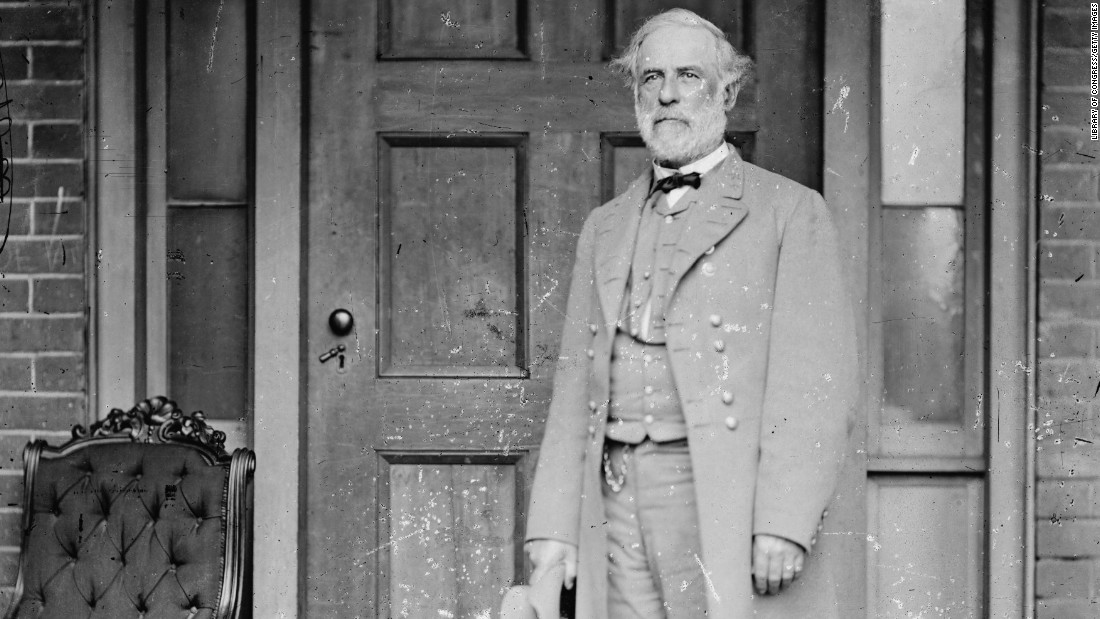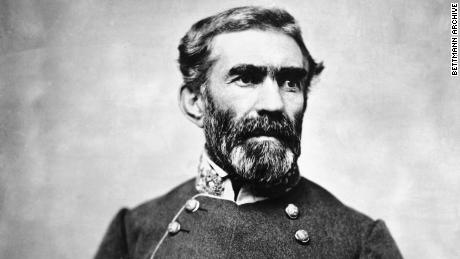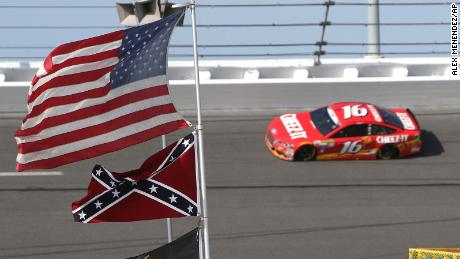Here’s a look at the 10 Southern officers — all but one a general — who fought to preserve slavery and the posts that carry their names. The Civil War — which cost more than 600,000 lives — led to the abolition of slavery but did not eliminate the systemic racism that persists in the country today.
Who it is named for: Gen. Pierre Gustave Toutant Beauregard (1818-1893)
Beauregard’s legacy: The flamboyant Louisianan led Southern victories at Fort Sumter and Bull Run then fell out of favor as the conflict dragged on. According to
historian T. Harry Williams, Beauregard believed African Americans were “naturally inferior.” After the war, he was convinced that whites could “manage” blacks “politically as they had controlled them economically when slaves,” Williams wrote. Beauregard even argued that blacks be granted the right to vote to help restore the South to its former glory.
Fort Benning, Georgia
Its mission: This major Army installation near the Alabama border is the “Home of the Infantry” and features airborne, infantry and ranger training, among other functions.
Who it is named for: Brig. Gen. Henry Benning (1814-1875)
Benning’s legacy: Back in 1968, an
article in Infantry Magazine called the Confederate an “outstanding” lawyer-turned-soldier. The Georgian strongly defended slavery and was a leader in the South’s secession movement. In a speech making the case for the region to leave the Union,
Benning said abolition would lead to “black governors, black legislatures, black juries, black everything. Is it to be supposed that the white race will stand for that?”
Fort A.P. Hill, Virginia
Its mission:
The 76,000-acre garrison features a live-fire complex and provides for extensive training and maneuvers.
Who it is named for: Lt. Gen. Ambrose Powell (A.P.) Hill (1825-1865)
Hill’s legacy: The short-tempered Virginian
never owned slaves and did not approve of the institution, according to his wife, but he embraced secession — feeling allegiance to his native state — and joined the Confederate army. He had mixed success as a commander and was killed in the closing days of the Civil War.
Fort Bragg, North Carolina
Who it is named for: Gen. Braxton Bragg (1817-1876)
Bragg’s legacy: The unpopular general garnered a lot of criticism for his often subpar performance on the field, accompanied by a hot temper
and combative personality. Michael Newcity, a visiting professor at Duke University,
wrote that between the Mexican War and Civil War Bragg “lived the life of a genteel planter on a sugar cane plantation in Louisiana where slaves put in back-breaking labor in unspeakable conditions to bring molasses to market and earn Bragg a profit. He met any Northern criticism of slavery with harsh criticism.”
Fort Gordon, Georgia
Its mission: Fort Gordon is designated the US Army Cyber Center of Excellence.
Who it is named for: Maj. Gen. John Brown Gordon (1832-1904)
Gordon’s legacy: The officer was a favorite or Robert E. Lee. Although he had no formal training, Gordon fought with distinction. He fought, with less distinction, against Reconstruction after the war and was believed to be the head of the Ku Klux Klan in Georgia,
according to the New Georgia Encyclopedia. Gordon denied that role but acknowledged
being part of a “secret society.” He served as a US senator and governor.
Fort Hood, Texas
Who it is named for: Lt. Gen. John Bell Hood (1831-1879)
Hood’s legacy: The son of a
Kentucky plantation owner, he left the US Army when Kentucky refused to secede and joined Confederate forces in Texas. As a military commander, he had success leading troops at the division level, but his aggressive nature led to increased failures on the battlefield as he moved up the ranks. He was temporarily promoted to the rank of general, but later resigned his command and reverted to lieutenant general.
Fort Lee, Virginia
Who it is named for: Gen. Robert E. Lee (1807-1870)


Robert E. Lee at war’s end
Lee’s legacy: Encyclopedia Virginia puts it this way: “Robert E. Lee was the most successful Confederate military leader during the American Civil War (1861-1865). This also made him, by virtue of the Confederacy’s defense of chattel slavery, the most successful defender of the enslavement of African Americans.” As the entry pointed out, the slave owner believed the institution would eventually fade away but that it should not be rushed by abolition. “After the war, Lee generally opposed racial equality and political equality for African Americans.”
Fort Pickett, Virginia
Its mission: Fort Pickett is the home of the Army National Guard Maneuver Training Center.
Who it is named for: Maj. Gen. George E. Pickett (1825-1875)
Pickett’s legacy: Raised on a plantation in Virginia, the ostentatious Pickett joined the Confederate army and fought in several campaigns. He is best remembered for the doomed Pickett’s Charge at Gettysburg. After his death, his wife turned Pickett into a Lost Cause hero, describing him as “gallant and graceful as a knight of chivalry riding to a tournament.” That chivalry rings hollow today, given the South’s principal aim was to preserve slavery.
Fort Polk, Louisiana
Who it is named for: Lt. Gen. Leonidas Polk (1806-1864)
Fort Rucker, Alabama
Who it is named for: Col. Edmund W. Rucker (1835-1924)
Rucker’s legacy: The officer fought for the Confederate army under
Nathan Bedford Forrest, a slave trader and early Ku Klux Klan leader. Rucker later became an industrial leader in Birmingham.


![]()








